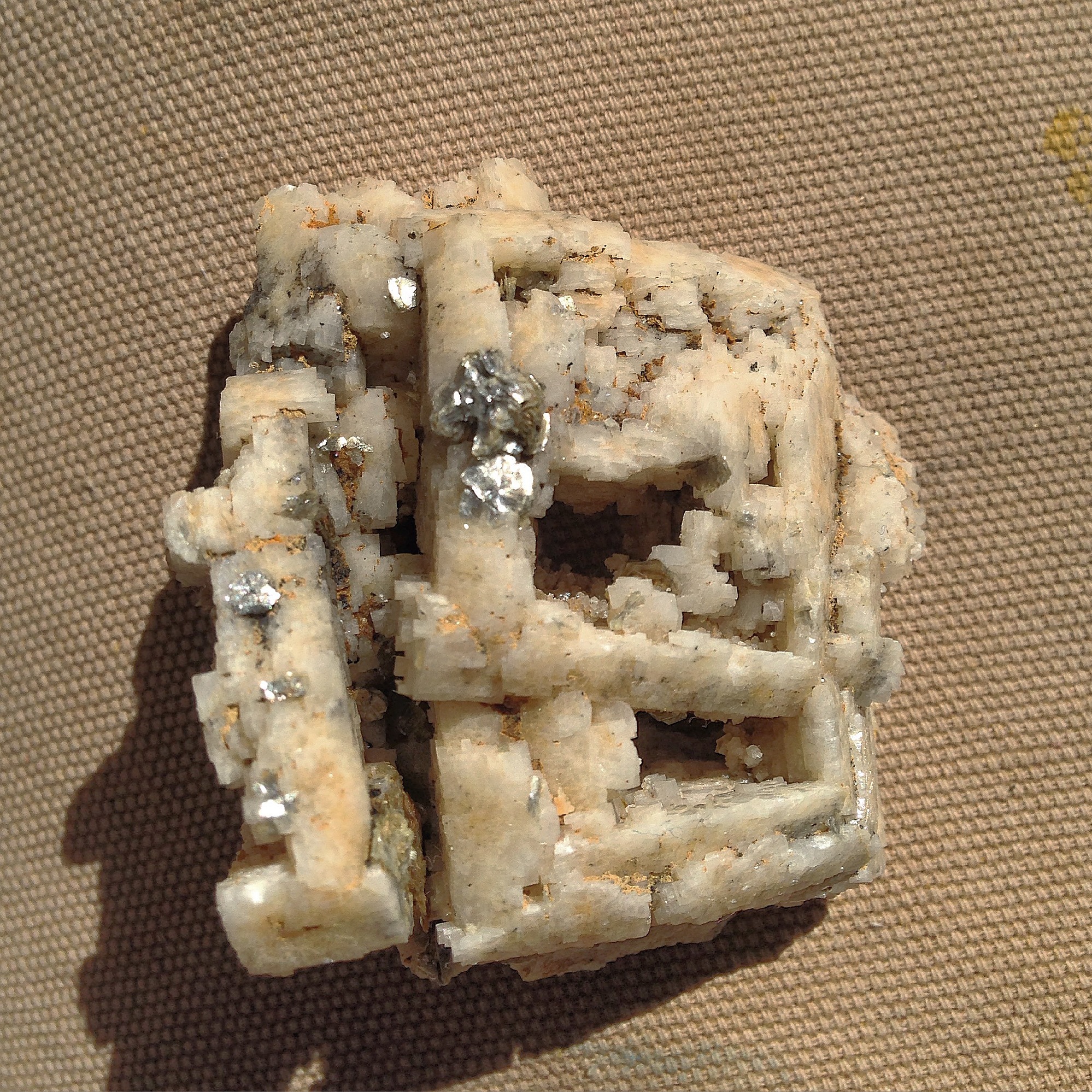Home PageAbout MindatThe Mindat ManualHistory of MindatCopyright StatusWho We AreContact UsAdvertise on Mindat
Donate to MindatCorporate SponsorshipSponsor a PageSponsored PagesMindat AdvertisersAdvertise on Mindat
Learning CenterWhat is a mineral?The most common minerals on earthInformation for EducatorsMindat ArticlesThe ElementsThe Rock H. Currier Digital LibraryGeologic Time
Minerals by PropertiesMinerals by ChemistryAdvanced Locality SearchRandom MineralRandom LocalitySearch by minIDLocalities Near MeSearch ArticlesSearch GlossaryMore Search Options
The Mindat ManualAdd a New PhotoRate PhotosLocality Edit ReportCoordinate Completion ReportAdd Glossary Item
Mining CompaniesStatisticsUsersMineral MuseumsClubs & OrganizationsMineral Shows & EventsThe Mindat DirectoryDevice SettingsThe Mineral Quiz
Photo SearchPhoto GalleriesSearch by ColorNew Photos TodayNew Photos YesterdayMembers' Photo GalleriesPast Photo of the Day GalleryPhotography
╳Discussions
💬 Home🔎 Search📅 LatestGroups
EducationOpen discussion area.Fakes & FraudsOpen discussion area.Field CollectingOpen discussion area.FossilsOpen discussion area.Gems and GemologyOpen discussion area.GeneralOpen discussion area.How to ContributeOpen discussion area.Identity HelpOpen discussion area.Improving Mindat.orgOpen discussion area.LocalitiesOpen discussion area.Lost and Stolen SpecimensOpen discussion area.MarketplaceOpen discussion area.MeteoritesOpen discussion area.Mindat ProductsOpen discussion area.Mineral ExchangesOpen discussion area.Mineral PhotographyOpen discussion area.Mineral ShowsOpen discussion area.Mineralogical ClassificationOpen discussion area.Mineralogy CourseOpen discussion area.MineralsOpen discussion area.Minerals and MuseumsOpen discussion area.PhotosOpen discussion area.Techniques for CollectorsOpen discussion area.The Rock H. Currier Digital LibraryOpen discussion area.UV MineralsOpen discussion area.Recent Images in Discussions
Identity HelpNeed help with feldspar classification

2nd Oct 2016 17:11 UTCEch Noch
Found this material in a pegmatite pocket with large smokey Quartz crystals and I want to be sure that I list the correct mineral names when adding the new locality.

2nd Oct 2016 17:20 UTCEch Noch

2nd Oct 2016 19:59 UTCErik Vercammen Expert

3rd Oct 2016 02:47 UTCEch Noch


3rd Oct 2016 03:17 UTCEch Noch

3rd Oct 2016 03:31 UTCAlfredo Petrov Manager
3rd Oct 2016 07:19 UTCMatt Neuzil Expert
I had added a new spot recently myself. It had been a while, so the process changed a little since the last time.
3rd Oct 2016 11:19 UTCPeter Slootweg 🌟

3rd Oct 2016 13:56 UTCEch Noch
3rd Oct 2016 14:20 UTCHarold Moritz 🌟 Expert
Here is a megascopic example on some cleavages (look at all photos): http://www.mindat.org/photo-766430.html
Here is a crystal showing them on the surface: http://www.mindat.org/photo-750914.html
Microcline on the other hand will likely show a perthitic internal texture caused by exsolved albite. These look like subparallel, slightly irregular veins inside the microcline. They do not cause alternating reflections on the surface and are not nearly as regular as the albite twinning. You can see the perthitic veining in the background of the second linked photo. It is most obvious in some amazonite: http://www.mindat.org/photo-261616.html
It takes some practice to get to know these features and you likely have a complicated example, but once you get it, you will have no difficulty telling these feldspars apart.

3rd Oct 2016 14:23 UTCAlfred L. Ostrander
Based on the somewhat platy nature of the crystals my first thought was cleavelandite, a variety of albite. From the last photo, I will add that the associated quartz
is rather impressive!
Best Regards,
Al O

3rd Oct 2016 15:08 UTCEch Noch
Another example, I would say that these are tabular, micro clinic, and parallel, they do not reflect at different angles and clearly site was one that I had looked through but had been unable to come up with a match. I will do my best to get some higher resolution photos with better magnification if that would help. In a 6'D x 2'W x 1.5'H pocket, I only found 7 of those squared formations.
3rd Oct 2016 15:51 UTCHarold Moritz 🌟 Expert

3rd Oct 2016 20:59 UTCEch Noch
Best I can do with an iPhone an no magnification while at work.

16th Oct 2016 17:15 UTCEch Noch
17th Oct 2016 21:05 UTCIan Nicastro

17th Oct 2016 23:22 UTCEch Noch

16th Feb 2017 18:11 UTCEch Noch

16th Feb 2017 19:24 UTCAlfredo Petrov Manager
Feldspar would seem to be far more likely, and neither oxalic nor vinegar will affect it. Calcite, on the other hand, would be destroyed by either of those acids.

16th Feb 2017 19:51 UTCEch Noch
24th Feb 2017 05:42 UTCIan Nicastro




Mindat.org is an outreach project of the Hudson Institute of Mineralogy, a 501(c)(3) not-for-profit organization.
Copyright © mindat.org and the Hudson Institute of Mineralogy 1993-2024, except where stated. Most political location boundaries are © OpenStreetMap contributors. Mindat.org relies on the contributions of thousands of members and supporters. Founded in 2000 by Jolyon Ralph.
Privacy Policy - Terms & Conditions - Contact Us / DMCA issues - Report a bug/vulnerability Current server date and time: April 24, 2024 17:31:18
Copyright © mindat.org and the Hudson Institute of Mineralogy 1993-2024, except where stated. Most political location boundaries are © OpenStreetMap contributors. Mindat.org relies on the contributions of thousands of members and supporters. Founded in 2000 by Jolyon Ralph.
Privacy Policy - Terms & Conditions - Contact Us / DMCA issues - Report a bug/vulnerability Current server date and time: April 24, 2024 17:31:18






















